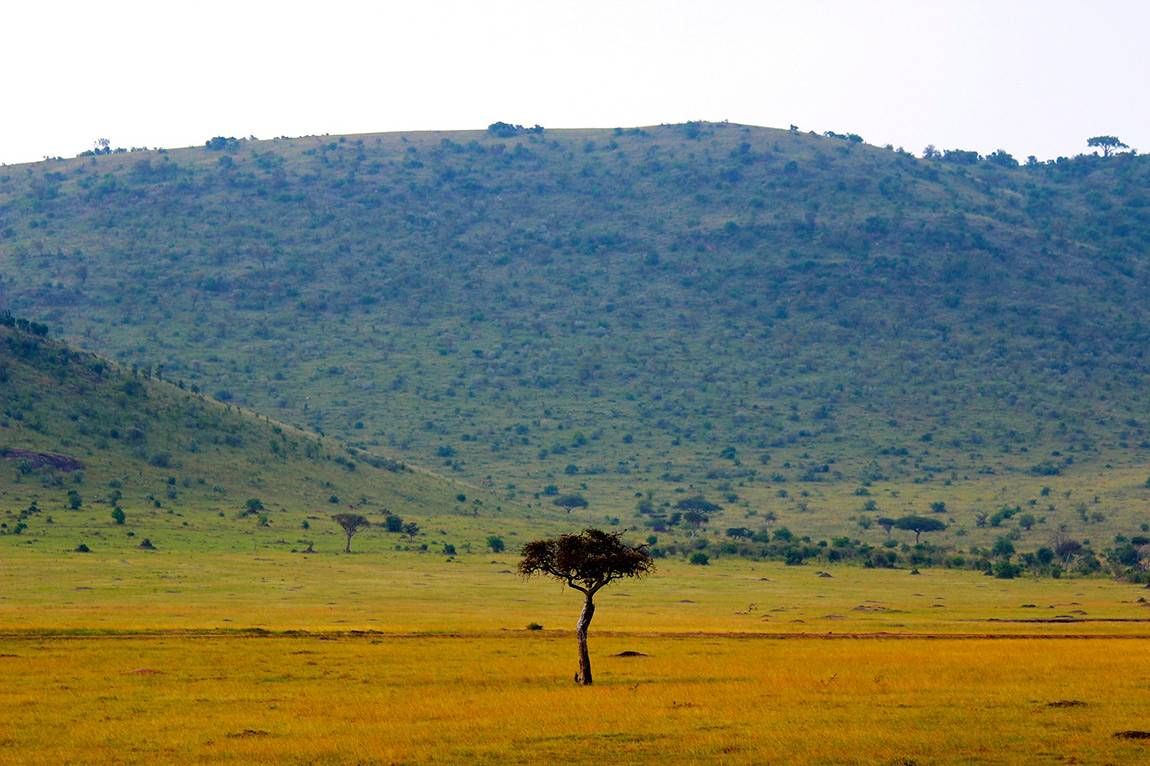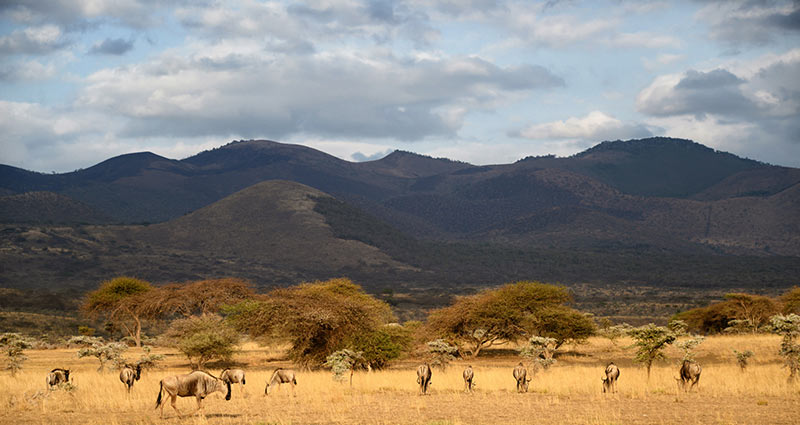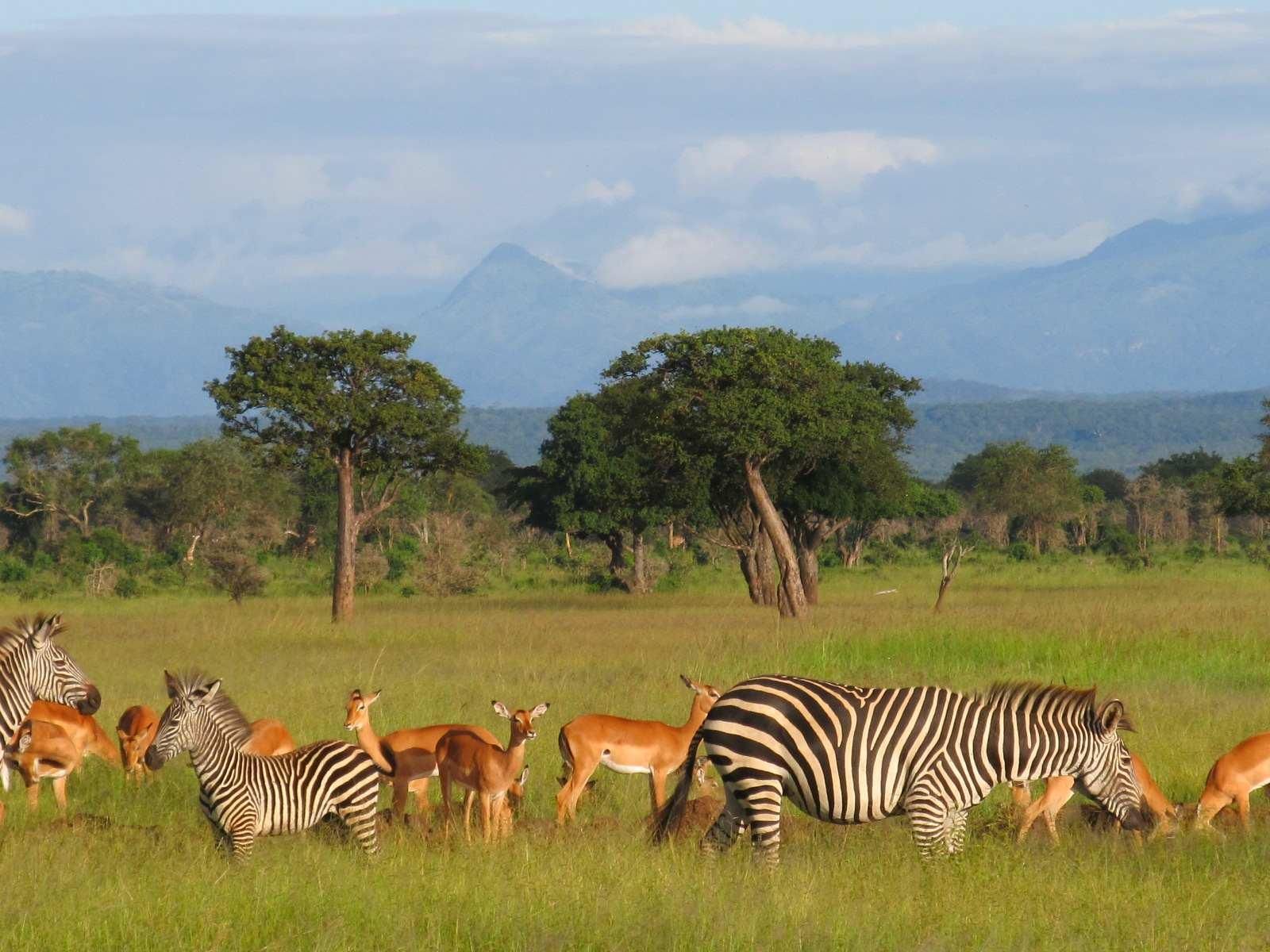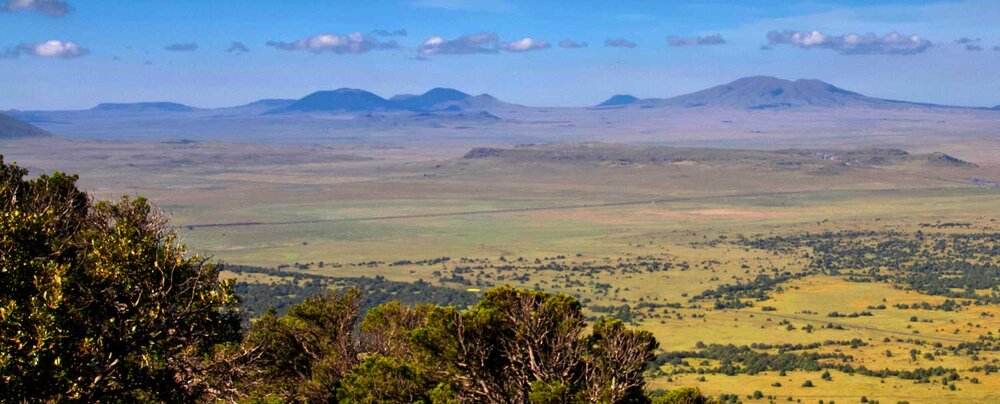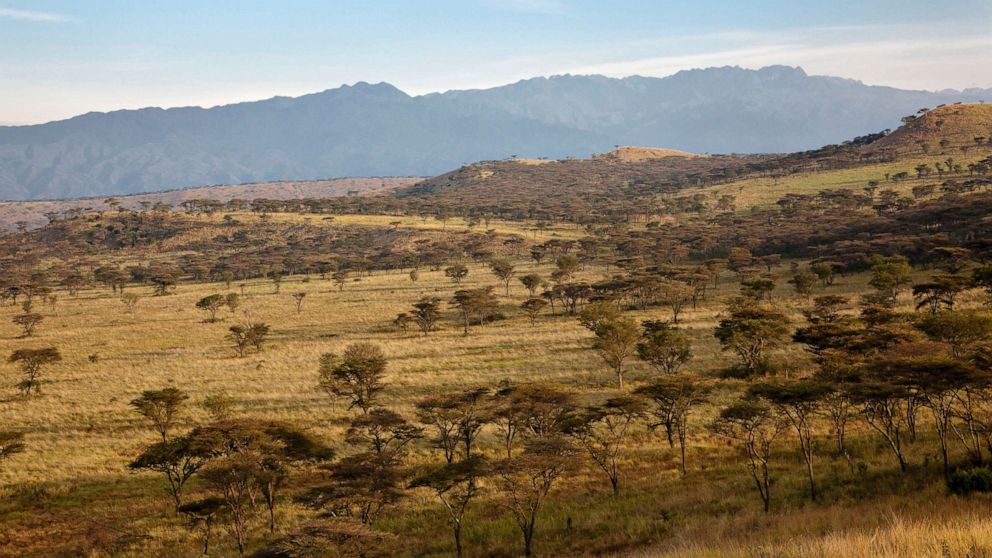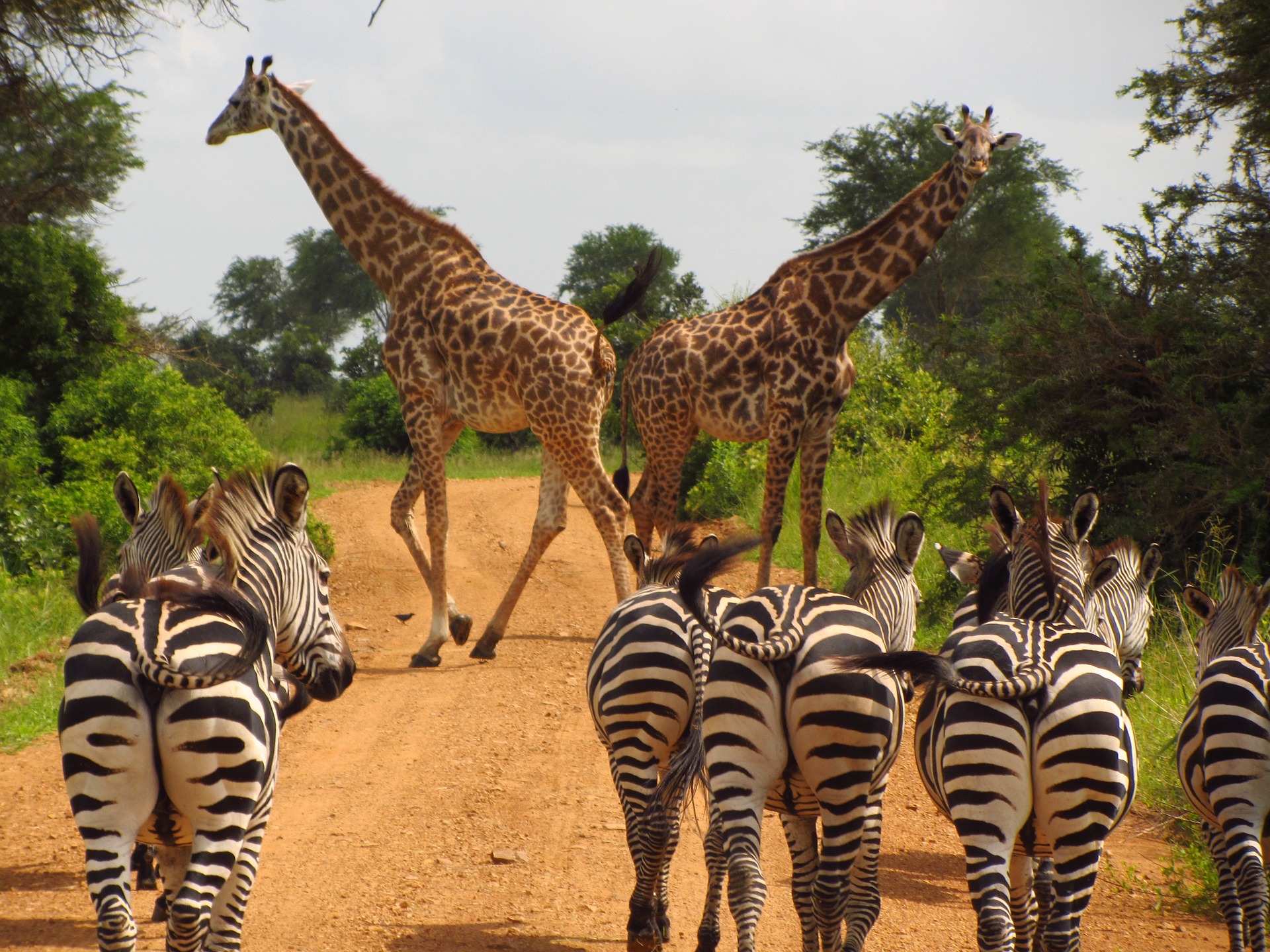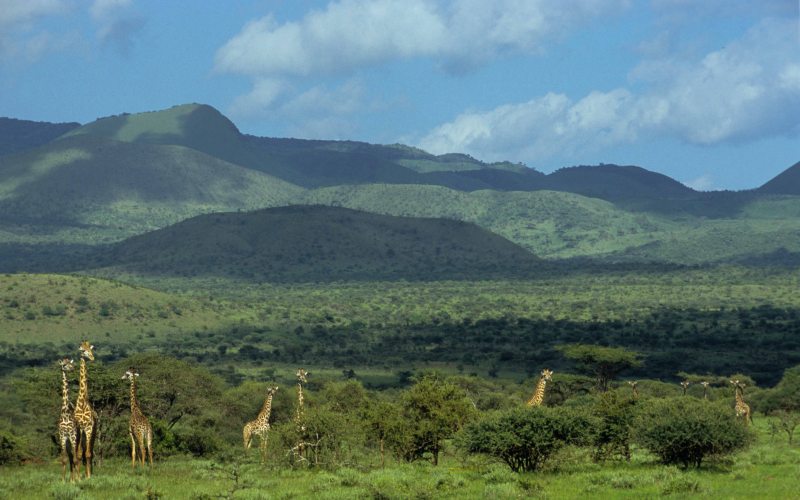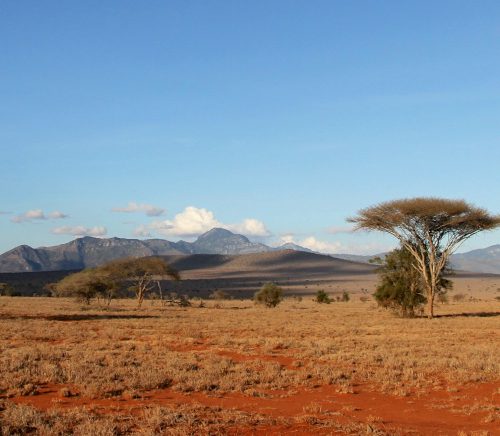A trip to the Masai Mara is an incredible experience! It’s one of the most famous wildlife reserves in the world, located in southwestern Kenya. The Mara is known for its stunning landscapes, rich culture, and the annual Great Migration, where millions of wildebeest, zebras, and gazelles move through the plains in search of greener pastures, attracting predators like lions, leopards, and cheetahs.
Here’s an idea of what to expect and how you can plan your trip:
Best Time to Visit:
- July to October: This is the peak season when the Great Migration takes place, offering some of the best game-viewing experiences, including dramatic predator-prey interactions.
- November to June: For fewer crowds and a more relaxed experience, you could visit during the off-peak season. Wildlife is still abundant, and you can enjoy the park in relative peace.
Activities:
- Game Drives: The main attraction! Early morning and late afternoon drives give you the best chances of spotting animals.
- Hot Air Balloon Ride: For a breathtaking view of the savannah at sunrise, many operators offer balloon safaris that float over the park.
- Cultural Tours: You can visit nearby Maasai villages to learn about the rich culture and traditions of the Maasai people.
- Walking Safaris: Some camps offer guided walking safaris where you can learn about smaller details of the ecosystem, like plants, insects, and birds.
- Photography: The wildlife and landscapes make it a photographer’s dream.
Where to Stay:
- Luxury Lodges & Camps: There are many upscale lodges like Angama Mara and Mahali Mzuri (Richard Branson’s camp), offering incredible views, private game drives, and luxury amenities.
- Mid-range options: The Mara offers more budget-friendly options like tented camps and smaller lodges, such as Mara Serena Safari Lodge or Ol Moran Tented Camp.
- Camping: For the more adventurous traveler, you can opt for a more rustic, immersive experience by camping in the reserve, with some camps providing basic amenities.
What to Pack:
- Clothing: Neutral-colored clothes (khaki, brown, beige) to blend into the surroundings and avoid attracting insects. A wide-brimmed hat, sunglasses, and a scarf can help with the sun and dust.
- Binoculars & Camera: Essential for spotting and capturing wildlife.
- Sunscreen and insect repellent: The sun can be intense, and mosquitoes can be present, especially during rainy season.
Travel Tips:
- Malaria Prevention: It’s advisable to take malaria prophylaxis since the region is a malaria zone.
- Vaccinations: Ensure that you are up to date on vaccinations like yellow fever, hepatitis, and typhoid.
- Travel Insurance: Always recommended for safaris, in case of medical emergencies or trip cancellations.
Getting There:
The closest airport to the Masai Mara is Wilson Airport in Nairobi. From there, you can take a small charter flight to various airstrips within the reserve or opt for a 5-6 hour road trip from Nairobi.
Would you like more details on a specific part of the trip, like accommodation or safari activities?


